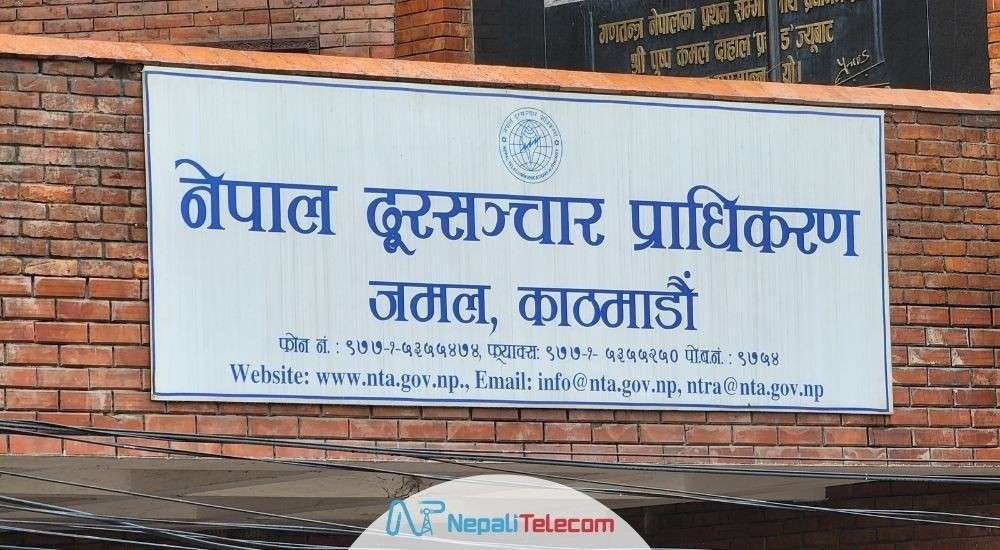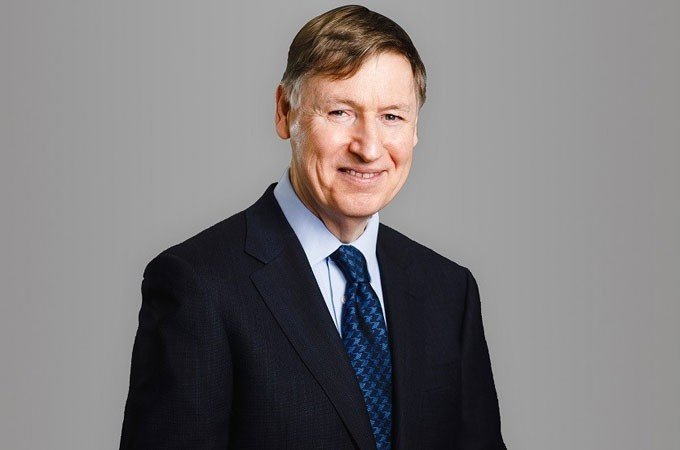Islamabad – The GSMA hosted the second edition of its Digital Nation Summit Islamabad, recognizing the Ministry of Information Technology and Telecommunication (MoITT), Pakistan Telecommunication Authority (PTA), and local mobile operators for their contributions to advancing Pakistan’s digital ecosystem.
During the summit, the GSMA released a new report highlighting both achievements and critical gaps in Pakistan’s digital development. While 81% of the population has mobile broadband coverage and 68% own a smartphone, only 29% actually used mobile Internet in 2024 — leaving a 52% usage gap, the largest among major Asia-Pacific markets.
Concerns and Opportunities
Julian Gorman, GSMA’s Head of Asia Pacific, warned that Pakistan risks falling behind due to high spectrum prices, heavy taxes, and regulatory uncertainty that are limiting investment. He stressed that reforms are essential for growth, social inclusion, and global competitiveness. Key issues highlighted include:
- Spectrum allocation: Pakistan has among the lowest IMT spectrum allocations in the region, with its planned 5G auction delayed.
- Spectrum pricing: Excessive costs risk undermining coverage and speed, as seen in rising spectrum cost-to-revenue ratios.
- Sector taxation: Mobile usage taxes reach 33%, among the highest in Asia-Pacific, raising costs for consumers and reducing demand.
- Usage gap: 52% of covered citizens remain offline, hindered by affordability, literacy, and trust barriers.
- Gender adoption: Women’s mobile Internet usage rose from 33% to 45% in 2024, the highest improvement among surveyed countries.
- Digital trust: Rising fraud erodes confidence, though Pakistan’s participation in the GSMA APAC Anti-Scam Taskforce is a positive step.
Government Response
Federal Minister for IT & Telecom Shaza Fatima Khawaja emphasized that Pakistan is shaping its digital future with purpose, guided by Prime Minister Shehbaz Sharif’s vision. She cited achievements including:
- A 14% rise in the ITU ICT Development Index.
- Over 200 million telecom subscribers and 10 million new broadband users.
- 24% growth in Internet consumption.
- AI-enabled data centres, cloud infrastructure, 40 Software Technology Parks, new submarine cables, and 17 telecom projects delivering 1,825 km of fibre to underserved areas.
Policy Roadmap
The GSMA outlined four priority areas for reform:
- Spectrum reform – fairer pricing, mid-band releases, multi-year planning, and spectrum sharing/trading.
- Fiscal alignment – reducing mobile sector taxes, lowering device/service duties, and offering incentives for investment and R&D.
- Digital trust and inclusion – scaling anti-fraud measures, deploying GSMA Open Gateway APIs, and expanding literacy programs for women and rural users.
- Regulatory streamlining – creating predictable policies, supporting ‘always-on networks,’ and enabling technology-neutral rules to foster innovation.
“Asia Pacific is racing ahead on 5G, IoT, and AI,” said Gorman. “With the right policy environment, Pakistan could be a regional leader in developer services and IT outsourcing. The roadmap is clear — the time to act is now.”















